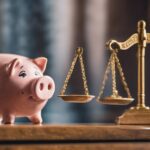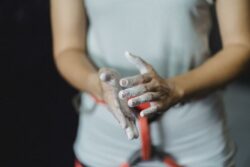Navigate Injury Claims: A Comprehensive Guide
In the complex and often intimidating domain of personal injury claims, understanding the nuances of legal processes and rights is paramount. This guide serves as an indispensable resource for traversing the labyrinth of steps involved, from immediate actions post-injury to the intricacies of legal representation and financial compensation. However, one important aspect that often remains shrouded in ambiguity is the calculation of a claim's value—a determining factor that can greatly influence the outcome of your case. Unraveling this mystery requires a deeper exploration into the elements that shape the financial dimensions of personal injury lawsuits, a journey that promises to illuminate the path toward securing the compensation you rightfully deserve.

Key Takeaways
- Immediately seek medical attention and document injuries for evidence in personal injury claims.
- Preserve all forms of evidence, including photos, witness statements, and medical records.
- Understand legal principles like fault, negligence, and statutes of limitations for claims.
- Maintain a detailed personal injury journal to support your claim with daily impact records.
Personal Injury Lawsuit Types
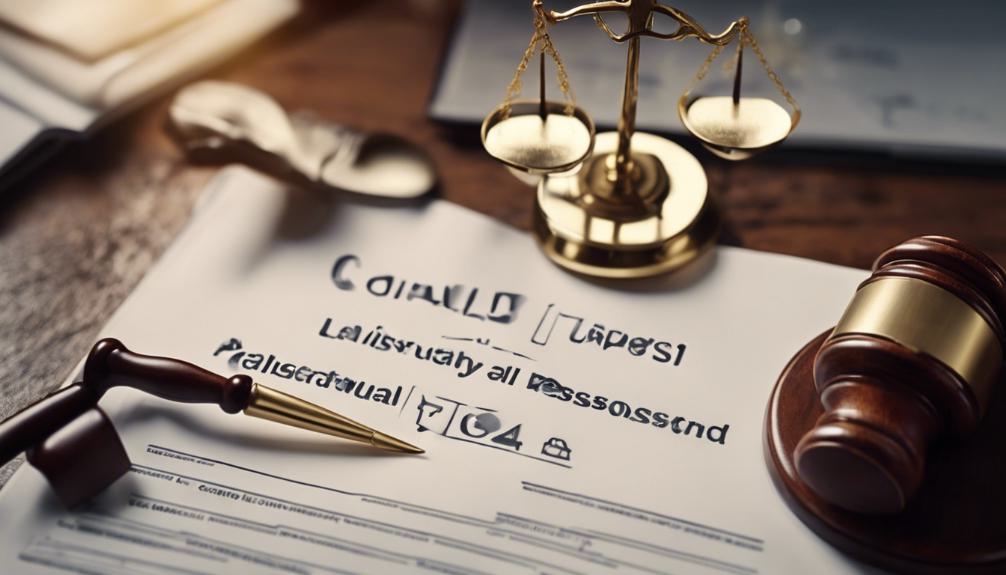
What types of incidents commonly give rise to personal injury lawsuits? A wide variety of situations can lead to these legal actions, but some of the most common include car accidents, which occur when one driver's negligence causes harm to another person. Defamation cases arise when false statements harm someone's reputation. Dog bites can also lead to lawsuits, especially in jurisdictions with strict liability laws for dog owners. Medical malpractice is another significant area, involving healthcare professionals who fail to provide the standard of care, resulting in patient injury. Finally, motorcycle accidents, often due to other drivers' negligence, can cause severe injuries, warranting legal action. Each of these scenarios involves unique legal considerations and challenges, highlighting the importance of understanding the specifics of personal injury law.
Immediate Steps Post-Injury
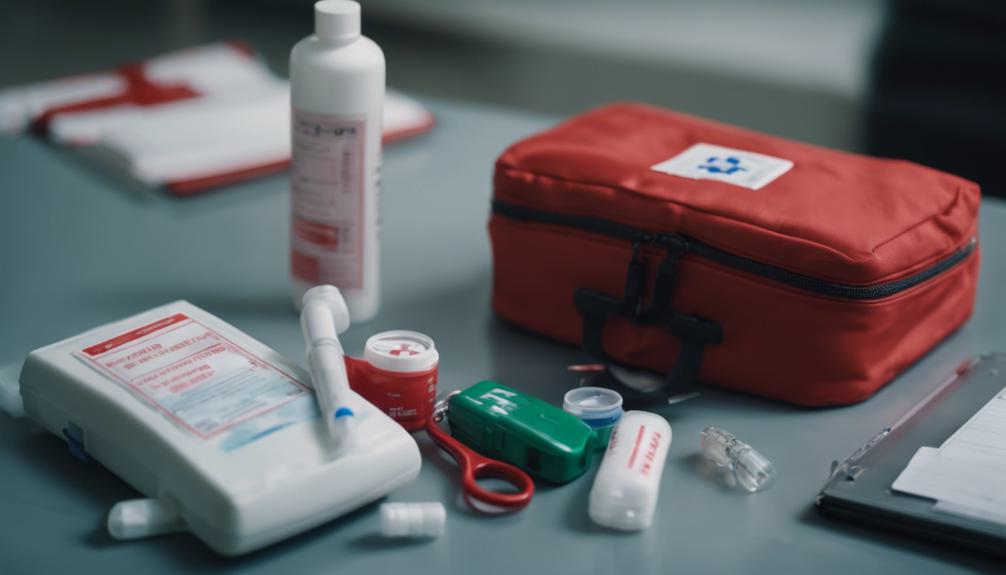
Understanding the types of incidents that can lead to personal injury lawsuits sets the stage for discussing the immediate steps one should take after sustaining an injury. The foremost action is seeking medical attention, even if the injury seems minor. This guarantees your health is prioritized and provides a medical record of the incident. Thirdly, it's critical to gather information from any witnesses and obtain their contact details. This can be instrumental in building your case later on. Preserving evidence is another essential step; making sure the scene remains untouched when possible or securing any objects involved in the incident. Finally, keeping a detailed record of events as they unfold, including the impact on your daily life, is essential, but avoid making detailed notes on the injuries themselves as that falls into documenting the injury, which is discussed later.
Documenting Your Injury

Recording your injury thoroughly and precisely is a vital step in establishing a solid foundation for your personal injury lawsuit. Immediately after an incident, start by seeking medical attention to make sure your injuries are professionally assessed and documented. This medical documentation will serve as a cornerstone of your claim, illustrating the extent and nature of your injuries. Additionally, it is imperative to keep a detailed personal injury journal. In this journal, record your physical and emotional experiences following the injury, including pain levels, mobility issues, emotional distress, and how the injury impacts your daily life. This personal account complements the medical records by providing a detailed picture of the injury's aftermath, which is invaluable during the claims process.
Evidence Preservation Tips

After ensuring your injuries are thoroughly documented, it's equally important to focus on preserving evidence to support your personal injury lawsuit. Begin by securing physical items connected to the incident, such as damaged clothing or personal belongings. These items serve as tangible proof of the event and its impact on your life. Next, compile all documentation related to the incident, including police reports, medical records, and witness statements. These documents provide a factual basis for your claims, detailing the circumstances of the accident and the extent of your injuries. Additionally, photographs and videos from the scene can offer visual evidence that corroborates your account. Safeguarding this evidence is critical for establishing the validity of your lawsuit and enhancing your chances of a favorable outcome.
Personal Injury Journal Keeping

Maintaining a personal injury journal emerges as an important step in documenting the aftermath and ongoing impact of an accident on an individual's life. This detailed record serves multiple purposes: it provides a detailed account of the victim's physical and emotional recovery, details the medical treatments received, and outlines the financial costs incurred due to the accident. By logging daily entries related to pain levels, mobility restrictions, emotional states, and how these factors affect daily activities and work life, the injured party creates a tangible narrative of their suffering and recovery process. This documentation becomes invaluable during personal injury lawsuits, offering a detailed and detailed account that can substantiate claims for compensation. It underscores the profound ways an accident disrupts life beyond the immediate physical injuries, highlighting the importance of thorough record-keeping in the journey to recovery and legal redress.
Fault and Negligence Proof

Establishing fault and proving negligence are critical components in personal injury lawsuits, requiring a clear demonstration of how the defendant's actions directly led to the plaintiff's injuries. This process involves meticulously gathering and presenting evidence that showcases the defendant's failure to act with reasonable care, therefore causing harm. Evidence can range from eyewitness testimonies, video surveillance, and accident reports to medical records that correlate the injury with the incident. The plaintiff must convincingly argue that, but for the defendant's negligence, the injury would not have occurred. This causation principle is paramount, as it directly links the defendant's actions with the plaintiff's harm, setting the stage for compensation claims. Successfully proving negligence hinges on the quality and relevance of the presented evidence.
Legal Duties and Breaches
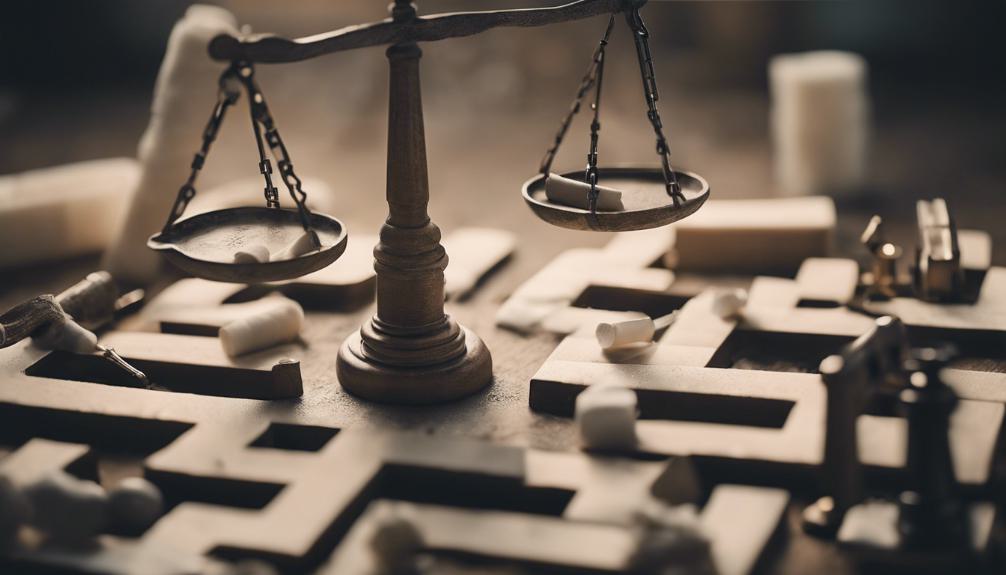
Understanding the intricacies of fault and negligence lays the groundwork for exploring the legal responsibilities and violations that form the core of personal injury lawsuits. At the heart of these cases is the concept of duty of care, which is a legal obligation imposed on individuals and entities to act with the caution and prudence that a reasonably prudent person would exercise under similar circumstances. Breaching this duty, whether through action or inaction, can lead to liability if it directly causes harm or injury. Establishing a breach involves demonstrating that the defendant's conduct fell short of the expected standard of care. This is a critical step in personal injury claims, as it directly ties the defendant's actions or omissions to the claimant's injuries, setting the stage for compensation.
Injury Causation Principles
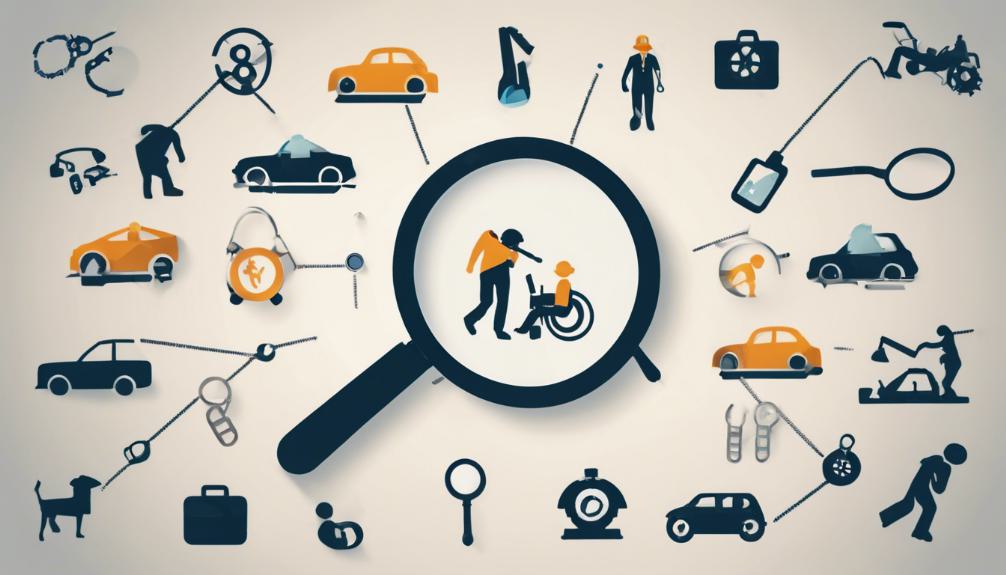
Determining the direct link between the defendant's actions and the claimant's injuries is essential in the principles of injury causation. This principle, often referred to as 'causation in fact,' is a cornerstone in personal injury law. It requires the claimant to prove that their injuries were directly caused by the defendant's negligence or wrongful action. This involves a thorough examination of the circumstances surrounding the incident, including the sequence of events that led to the injury. Establishing causation is critical, as it affects the viability of the claim and the potential compensation. The complexity of proving causation varies significantly across different types of personal injury lawsuits, from car accidents to medical malpractice, making it a pivotal aspect of legal strategy and argumentation.
Understanding Statutes of Limitations

After exploring the principles of injury causation, it's important to examine the statutes of limitations, which set the deadline for filing a personal injury lawsuit. These laws vary greatly by jurisdiction and the type of claim being filed. For instance, the timeframe for a car accident injury claim might differ from that for medical malpractice or defamation. Understanding these deadlines is critical, as failing to file within the appropriate period can result in the loss of the right to seek compensation. The statutes are designed to make sure that claims are made while evidence is still fresh and to provide certainty for defendants. Identifying and adhering to these time limits is a fundamental step in the personal injury legal process.
Personal Injury Legal Process

Exploring the personal injury legal process requires a thorough understanding of several key steps, beginning with the initiation of a lawsuit through to potential settlement or trial. Initially, victims or their representatives must file a complaint in the appropriate court, outlining the basis of the claim and the damages sought. This action marks the formal start of the legal proceedings. Following this, the discovery phase allows both parties to exchange information and evidence pertinent to the case. Depositions, requests for documents, and interrogatories are common during this period. Mediation and negotiation efforts often occur, aiming to reach an amicable settlement without proceeding to trial. However, if these attempts fail, the case moves to trial where a judge or jury determines the outcome based on the evidence presented.
Calculating Your Claim's Value

Understanding the value of your personal injury claim is a critical step in pursuing compensation for your losses. Calculating this value involves considering various factors, including the types of damages available. These damages are typically categorized into economic (or special) damages, which cover quantifiable losses such as medical expenses and lost wages, and non-economic (or general) damages, which compensate for non-quantifiable suffering like pain and suffering or loss of enjoyment of life. The severity of your injuries, the impact on your daily life, and the duration of your recovery are pivotal in determining the claim's value. Additionally, punitive damages may be considered if the defendant's actions were particularly egregious, though these are less common and not applicable in all cases.
Settlements and Financial Questions

Having established the factors that influence the value of a personal injury claim, it is equally important to ponder how settlements are negotiated and the financial implications of such agreements. Settlements in personal injury lawsuits are often reached through negotiation between the parties involved, potentially avoiding a lengthy trial. These agreements aim to compensate the injured party for losses, including medical expenses, lost wages, and pain and suffering. Financial questions frequently arise regarding the taxation of settlements, which can vary depending on the nature of the compensation. For instance, compensatory damages for physical injuries are generally not taxable, whereas punitive damages are. Understanding the breakdown of a settlement and consulting with a knowledgeable attorney can guarantee that financial outcomes align with expectations, allowing for a clearer path to recovery.
Frequently Asked Questions
How Do Changes in Personal Injury Law Affect Existing and Future Lawsuits?**
Changes in personal injury law can substantially impact both existing and future lawsuits by altering legal standards for establishing fault, modifying available damages, and adjusting statutes of limitations, requiring careful adaptation by legal professionals.
This Question Delves Into the Dynamics of Legal Amendments and Their Impact on Both Ongoing and Newly Filed Personal Injury Cases, an Area Not Typically Covered in General Advice Articles.
Legal amendments greatly impact ongoing and newly filed personal injury cases by potentially altering the applicable laws, thereby affecting the strategy, potential outcomes, and valuation of claims within the evolving legal landscape.
Can Social Media Activity Impact the Outcome of a Personal Injury Lawsuit?**
Social media activity can greatly impact the outcome of a personal injury lawsuit. Public posts may be used to challenge claims of injury severity or fault, potentially undermining the plaintiff's case and affecting settlement offers.
Exploring the Influence of a Claimant's Online Behavior on the Perception and Judgement of Their Case, Which Is Often Not Addressed in Standard Discussions About Evidence and Claim Documentation.
Exploring the influence of a claimant's online behavior on their case's perception and judgment highlights the significance of digital footprints in legal contexts, underscoring the need for careful online activity management during litigation processes.
What Are the Psychological Impacts of Undergoing a Personal Injury Lawsuit?**
The psychological impacts of undergoing a personal injury lawsuit can include stress, anxiety, and depression, stemming from the legal process's complexities, the uncertainty of outcomes, and the personal and financial strains involved.
Conclusion
To effectively maneuvering personal injury claims necessitates a thorough comprehension of various legal frameworks and procedures. From understanding the nuances of different lawsuit types and immediate actions post-injury to mastering the complexities of documenting injuries and preserving evidence, individuals are equipped to make informed decisions. Moreover, knowledge of the statute of limitations, legal processes, case valuation, and financial considerations plays a pivotal role in ensuring a thorough approach to managing and resolving personal injury claims efficiently and successfully.

This post has been generated by AI and was not reviewed by editors. This is Not legal advice. Please consult with an attorney.
